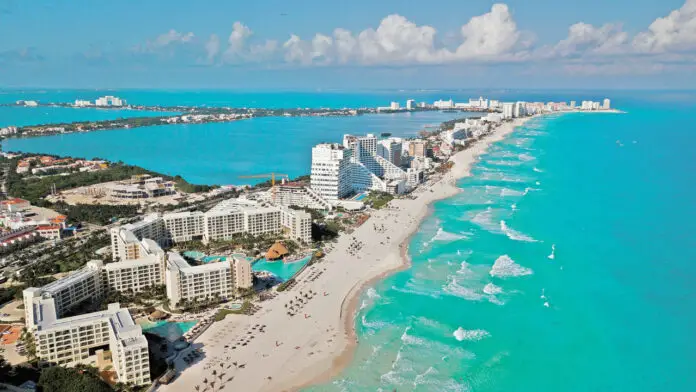Tulum’s rapid population growth poses a significant challenge for the provision of basic services over the next 20 years, driven by land speculation and unregulated development.
A cost-benefit analysis by the National Water Commission (Conagua) highlights the need for a new water extraction zone in Tulum to address the expected population surge. This project, estimated to cost 1.5 billion pesos, is one of the largest water supply initiatives in recent years for Quintana Roo and is set to begin in 2025.
Unregulated Development
The document notes that Tulum has experienced unregulated development, leading to irregular settlements and changes in land use. The Potable Water and Sewerage Commission (CAPA) has received numerous requests to connect new housing developments to the water network, totaling 16,474 lots. This increased demand could exceed the current water production infrastructure’s capacity.
Impact of Federal Projects
The start of federal investment projects, including the Maya Train, Felipe Carrillo Puerto International Airport, and Jaguar Park, is expected to bring more visitors to the area, further straining the water supply.
Irregular Settlements
Irregular settlements are anticipated to grow, with the number of homes without basic services expected to rise from 3,377 in 2020 to 5,880 by 2040. These areas already represented 32.2% of Tulum’s total homes in 2020 and are projected to account for 41% by 2040.
Tourism Growth
Tulum’s tourism sector is also expanding, with the number of hotels expected to increase from 114 in 2024 to 471 by 2040. This growth will drive the number of tourists from 1.3 million in 2024 to 1.7 million in 2040, significantly increasing the demand for drinking water.
Proposed Solution
To meet this demand, the project proposes creating a new water extraction zone on 70 hectares of land managed by the Government of Quintana Roo. This project will include 24 new wells, each capable of extracting up to 24 liters per second, providing a total capacity of 576 liters per second.
Risks of Overexploitation
While this project offers a solution, it also poses a risk of overexploitation of the Mayan aquifer, a concern repeatedly raised by environmental activists. In 2023, 59 concessions for groundwater extraction were registered in Quintana Roo, and this number is expected to grow as the problem intensifies.
The situation underscores the need for careful management of Tulum’s water resources to balance urban growth and environmental sustainability.
Source: El Economista






